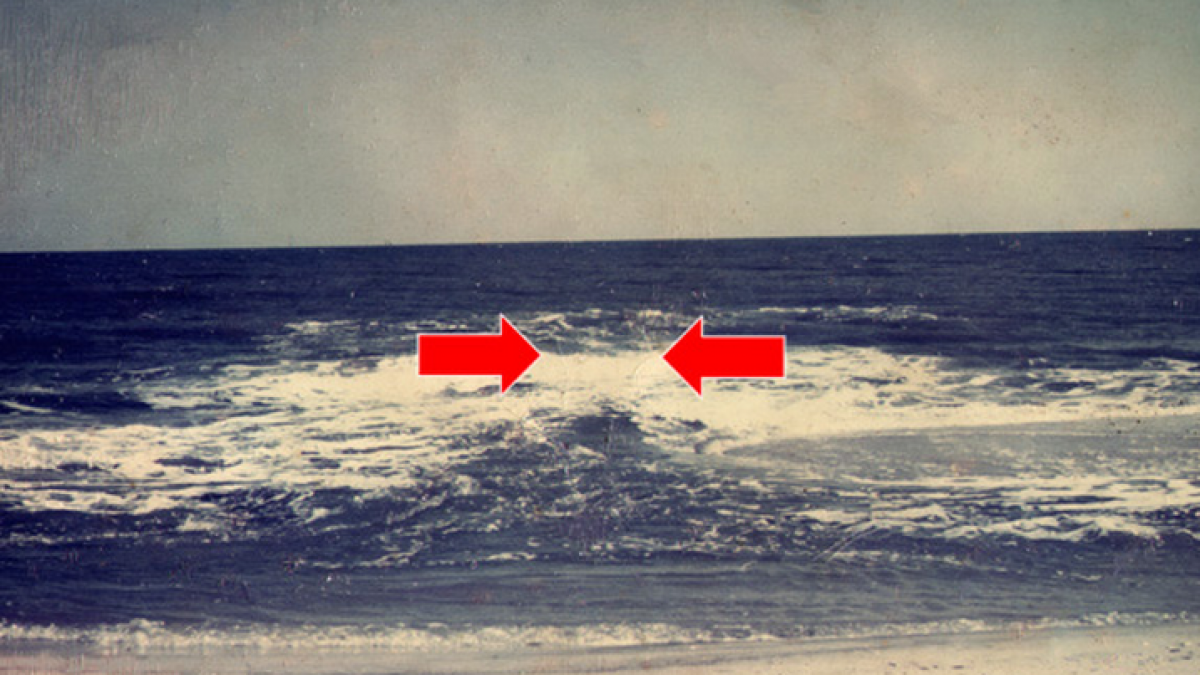How to spot, avoid, escape rip currents

In this NOAA photo, the rip current is surging seaward in the area between the red arrows.
It’s surf zone awareness week, and we want you to be safe.
NOAA recommends that you memorize these five words: “always swim near a lifeguard.”
On a day when many will be flocking to the cooler beaches from scorching hot inland locations, forecasters are concerned about swimmers at unguarded locations.
There’s certainly a temptation to cool off in the ocean.
Here’s what forecasters at the National Weather Service office in Mount Holly wrote in this morning’s forecast discussion:
For NJ, this is the kind of day that becomes dangerous for those not swimming in the presence of a lifeguard. Water temperatures, while still cool, are average or slightly above average for this time of year, and we’re going to be hot just a couple miles inland. For ultimate safety, all swimmers should swim in the presence of lifeguards.
According to NOAA, here’s how to identify a rip current:
A channel of churning, choppy water.
An area having a notable difference in water color.
A line of foam, seaweed, or debris moving steadily seaward.
A break in the incoming wave pattern.
Rip current speeds vary, with an average pull of 1-2 feet per second, but some can move as fast as 8 feet per second, which is faster than an Olympic swimmer, according to NOAA.
Your first line of defense is to check the surf forecast before you head to the beach. NOAA updates the forecast daily.
In the meantime, watch this informative NOAA video on rip current safety.
If caught in a rip current, NOAA advises:
Stay calm.
Don’t fight the current.
Escape the current by swimming in a direction following the shoreline. When free of the current, swim at an angle—away from the current—toward shore.
If you are unable to escape by swimming, float or tread water. When the current weakens, swim at an angle away from the current toward shore.
If at any time you feel you will be unable to reach shore, draw attention to yourself: face the shore, call or wave for help.
WHYY is your source for fact-based, in-depth journalism and information. As a nonprofit organization, we rely on financial support from readers like you. Please give today.

